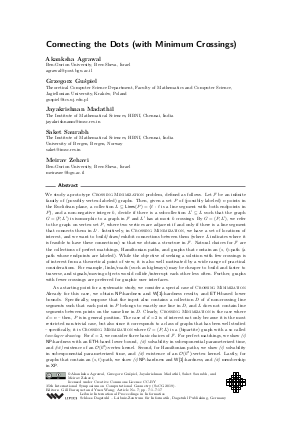LIPIcs.SoCG.2019.7.pdf
- Filesize: 2.14 MB
- 17 pages

 Creative Commons Attribution 3.0 Unported license
Creative Commons Attribution 3.0 Unported license


















































Feedback for Dagstuhl Publishing